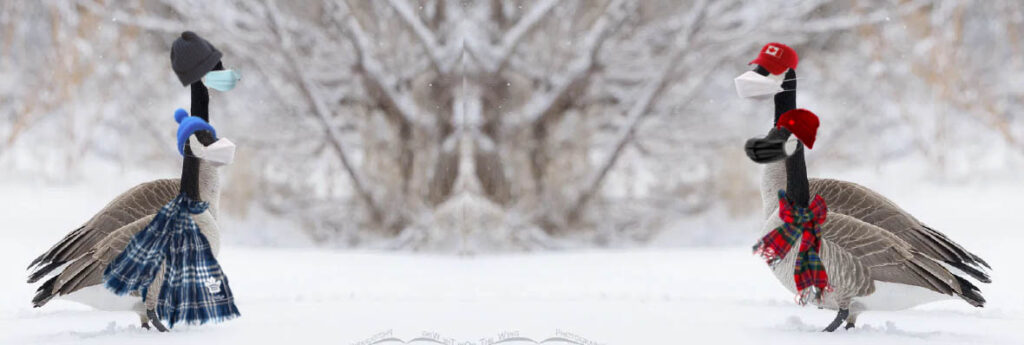According to a recent survey conducted by Snowbird Advisor, over 40 percent of Canadian snowbirds said they will not be travelling this winter, while slightly more than 30 percent said they are definitely going away for all or part of the winter and 25 percent are still undecided.
The survey, conducted between November 2 – 7, includes responses from over 3,000 snowbirds across Canada and reveals a number of interesting facts about snowbird travel intentions this year.
“There has been a lot of speculation about whether or not Canadian snowbirds will travel this winter, but no actual data to support it.” says Stephen Fine, President of Snowbird Advisor, “This survey helps to provide a more accurate picture of snowbird travel plans backed up by real data.”
No real surprise, the number one reason snowbirds decided not to travel this winter is fear of catching COVID – here’s the specific breakdown as to why they plan to stay home in Canada:
87% said the risk of getting COVID 19 while away
66% said not being able to drive to the US while the land border is closed
47% said not wanting to fly during COVID
43% said not being able to access medical treatment if COVID 19 cases increase in my destination
32% said not having adequate travel medical insurance
18% said the 14-day quarantine requirement when returning to Canada
The US land border closure is also a big factor for snowbirds –
69% of snowbirds who spend their winters in the US said they usually drive to their winter destinations, which means over two thirds of snowbirds are directly affected by the current US-Canada land border travel restrictions.
Among snowbirds who said they are going away this winter
16% said they have already left
42% said they plan on leaving before the end of the year
42% plan to leave in January or February
Over 60% of snowbirds who are travelling this year said they plan on being away for between 3 – 6 months.
Where are Canadian snowbirds heading?
50% – Florida
20% -Arizona
8% – California
6% – Mexico and the balance heading to various other destinations.
5% – British Columbia (up significantly from other years where this number is usually less than 0.5%)
11% – Various destinations including Texas, Hawaii, the Caribbean, Central America and others

